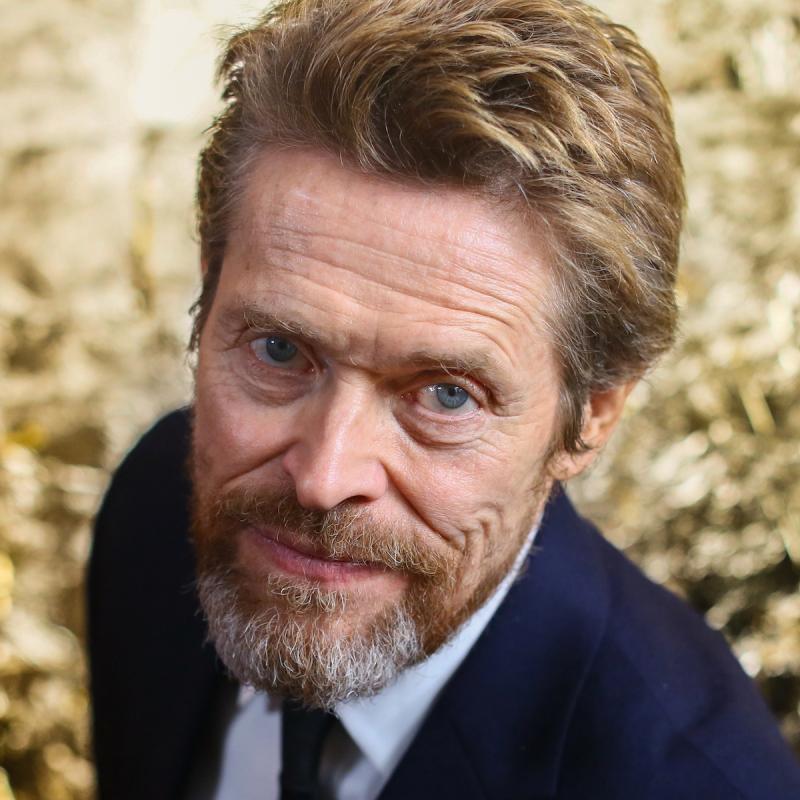'The Great Pretender' Investigates A Landmark Moment In Psychiatric History
Some writers search for their signature subjects; Susannah Cahalan had her subject thrust upon her. In 2009, she was a young reporter for the New York Post when, one day, she began feeling like she had the flu. Shortly thereafter, she was hospitalized, in the throes of full-blown hallucinations and paranoia.
Contributor
Related Topic
Other segments from the episode on November 13, 2019
Transcript
TERRY GROSS, HOST:
This is FRESH AIR. Doctors have a name for diseases that have physical origins but that mimic psychiatric illnesses like, say, schizophrenia. Doctors call these diseases the great pretenders. Journalist and writer Susannah Cahalan knows firsthand the confusion that a pretender disease can cause. She documented her medical ordeal in her bestselling memoir, "Brain On Fire." Her new book, called "The Great Pretender," further explores the indistinct boundary between diseases of the body and the brain. Our book critic Maureen Corrigan has this review.
MAUREEN CORRIGAN, BYLINE: Some writers search for their signature subjects; Susannah Cahalan had her subject thrust upon her. In 2009, she was a young reporter for The New York Post when one day she began feeling like she had the flu. Shortly thereafter, she was hospitalized in the throes of full-blown hallucinations and paranoia.
As Cahalan recounts in "Brain On Fire," the bestselling 2012 memoir she wrote about this harrowing experience, she was diagnosed as bipolar and then schizophrenic. She was on the verge of being transferred to a psychiatric unit when one gifted doctor played out a hunch. After a spinal tap and biopsy of her brain, he diagnosed her with autoimmune encephalitis. Cahalan says that this medical diagnosis, as opposed to a psychiatric one, made all the difference.
Looking back on the ordeal in her latest book, "The Great Pretender," Cahalan recalls how doctors labels altered the way they saw me. During my hospitalization, one psychiatrist described my plain white shirt and black leggings as revealing and used it as proof that I was hyper-sexual, a symptom that supported her bipolar diagnosis. Yet the minute the doctors discovered my issues were neurological, the quality of care improved. Sympathy and understanding replaced the largely distant attitude that had defined my treatment, as if a mental illness were my fault, whereas a physical illness was something unearned, something real.
"Brain On" Fire was a tense, yet ultimately reassuring read, largely because of the interventions of that one doctor who saw things others missed. But the figure at the center of Cahalan's new book is more vexed. And as a result, "The Great Pretender" tells a blurrier story about diagnoses and outcomes. David Rosenhan was a professor of psychology and law at Stanford when, in 1973, he published a nine-page article in the respected journal Science called "On Being Sane In Insane Places." That article rocked the psychiatric world, and Cahalan says continues to be one of the most-cited papers in the field.
Rosenhan argued that psychiatry had no sure way to distinguish the sane from the insane. To empirically prove his thesis, he and seven volunteers - including a grad student, three psychologists and two doctors - went undercover in 12 asylums. These so-called pseudopatients posed as people who were hearing voices that said the words thud, empty, hollow. On that basis, these otherwise healthy people were all admitted, most of them receiving diagnoses of schizophrenia.
Though they behaved normally once they were inside the asylums, all the volunteers had difficulty getting released. Rosenhan wrote that, having once been labeled schizophrenic, there is nothing the pseudopatient can do to overcome the tag. Given Cahalan's personal horror story of being trapped for a time in a false psychiatric diagnosis, she's understandably drawn to the story of Rosenhan's famous expose. In "The Great Pretender," Cahalan takes readers on a mostly journalistic adventure story, describing her lucky discovery of Rosenhan's personal notes on the experiment and the mental and physical legwork she did to locate and interview some of the still-living pseudopatients.
But then Cahalan's investigation hits a snag and then another snag. Her suspicions are aroused. She can't confirm some evidence supporting Rosenhan's landmark essay. In fact, some of the pseudopatients and their stories seem to be made up. What does it mean if the great debunker of psychiatry was instead, at least in part, the great pretender? Cahalan seems at sea at the end of this book. I think she went in intending to write one kind of book about a reformer and his crusade to expose the tyranny of psychiatric labels - and then inadvertently ended up writing an expose about the faulty policing of scientific research papers and the professionals who publish them.
"The Great Pretender" is still worth reading because it illuminates a game-changing moment in the history of psychiatry in this country. It just isn't as satisfying a book as "Brain On Fire" because it ends in the muddled middle of things. The patient, so to speak, in this case - the field of psychiatry itself remains riddled with afflictions, without a sharp-eyed diagnostician at the door ready to save the day.
GROSS: Maureen Corrigan teaches literature at Georgetown University. She reviewed "The Great Pretender" by Susannah Cahalan. Tomorrow on FRESH AIR, my guest will be Reese Witherspoon. She executive produced and stars with Jennifer Aniston in the new Apple TV Plus series "The Morning Show." It's about a network TV morning show in which the male anchor is fired after an accusation of sexual misconduct. Witherspoon has been outspoken about sexual harassment in the entertainment industry. I hope you'll join us.
(SOUNDBITE OF MUSIC)
GROSS: FRESH AIR's executive producer is Danny Miller. Our technical director and engineer is Audrey Bentham. Our associate producer for digital media is Molly Seavy-Nesper. Therese Madden directed today's show. I'm Terry Gross. Transcript provided by NPR, Copyright NPR.

